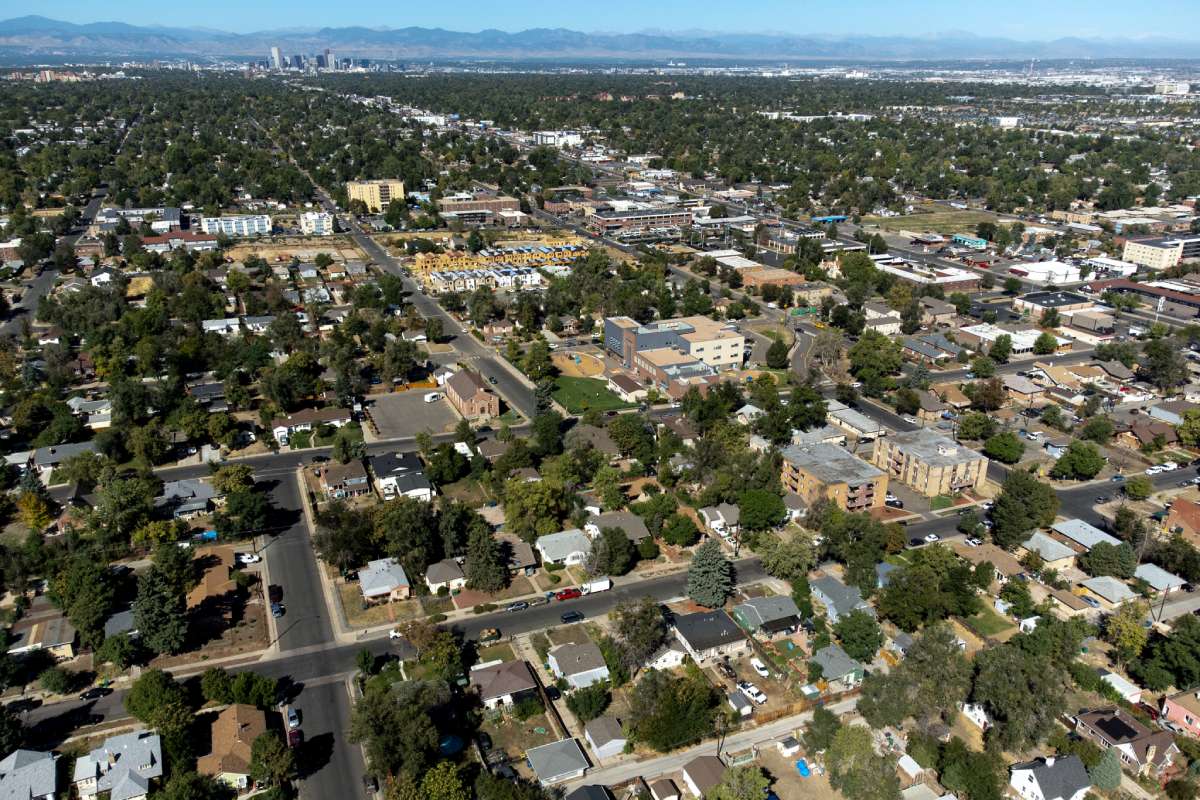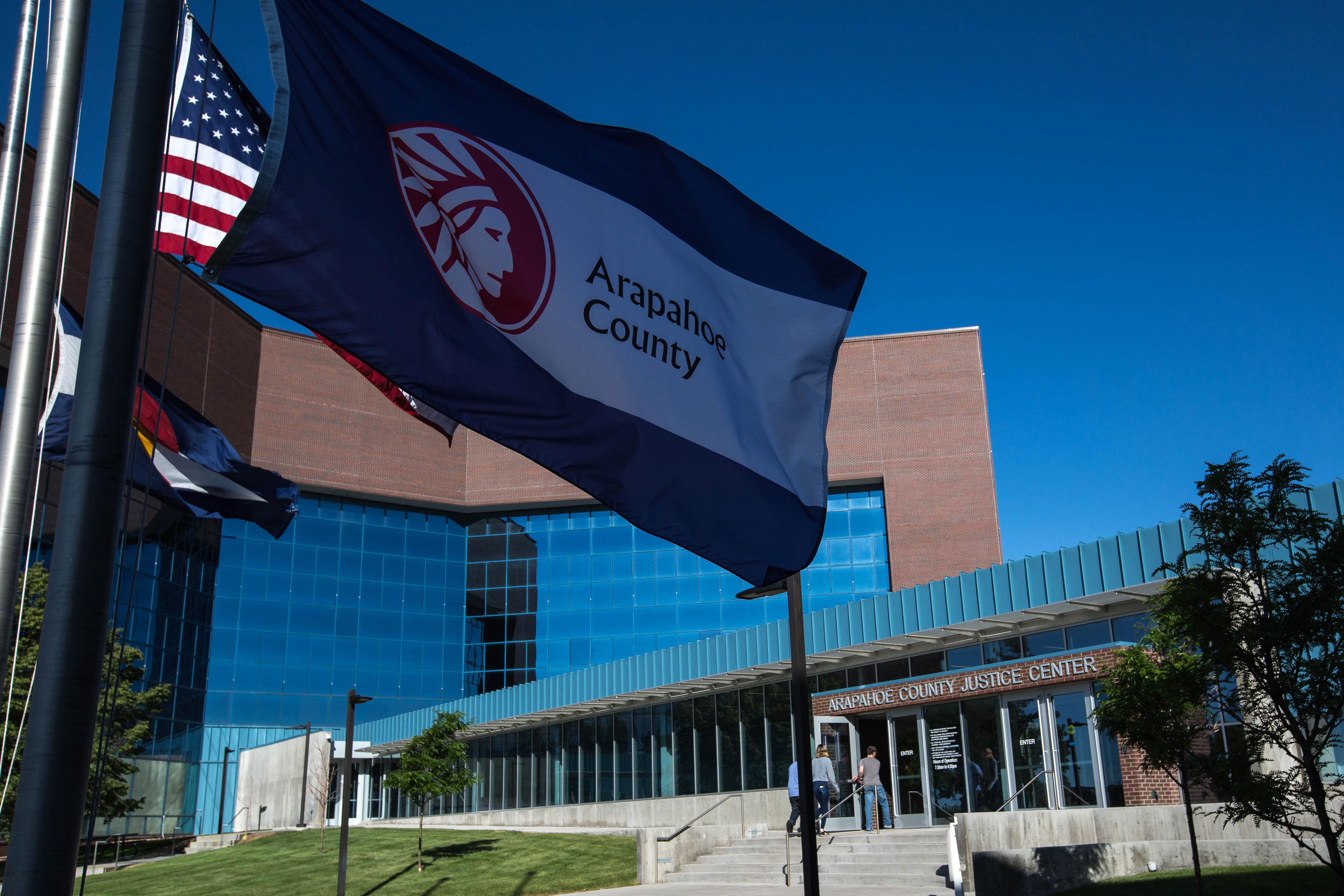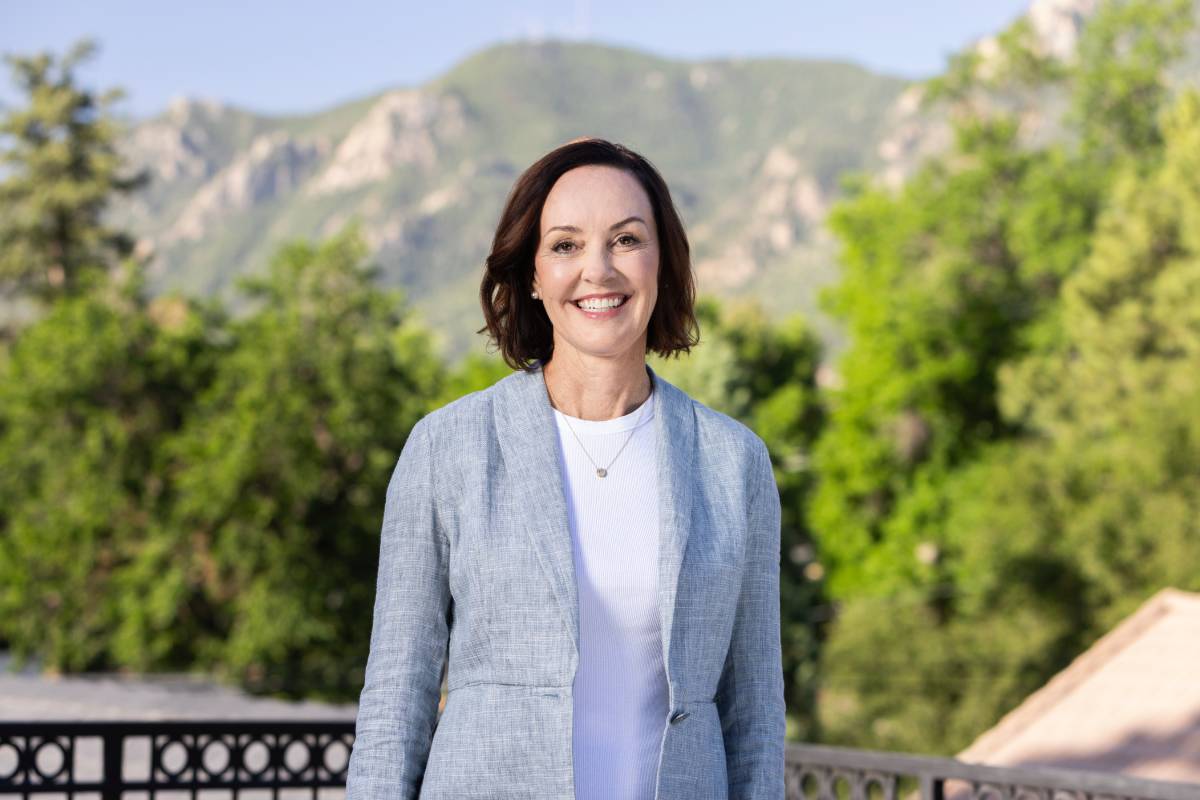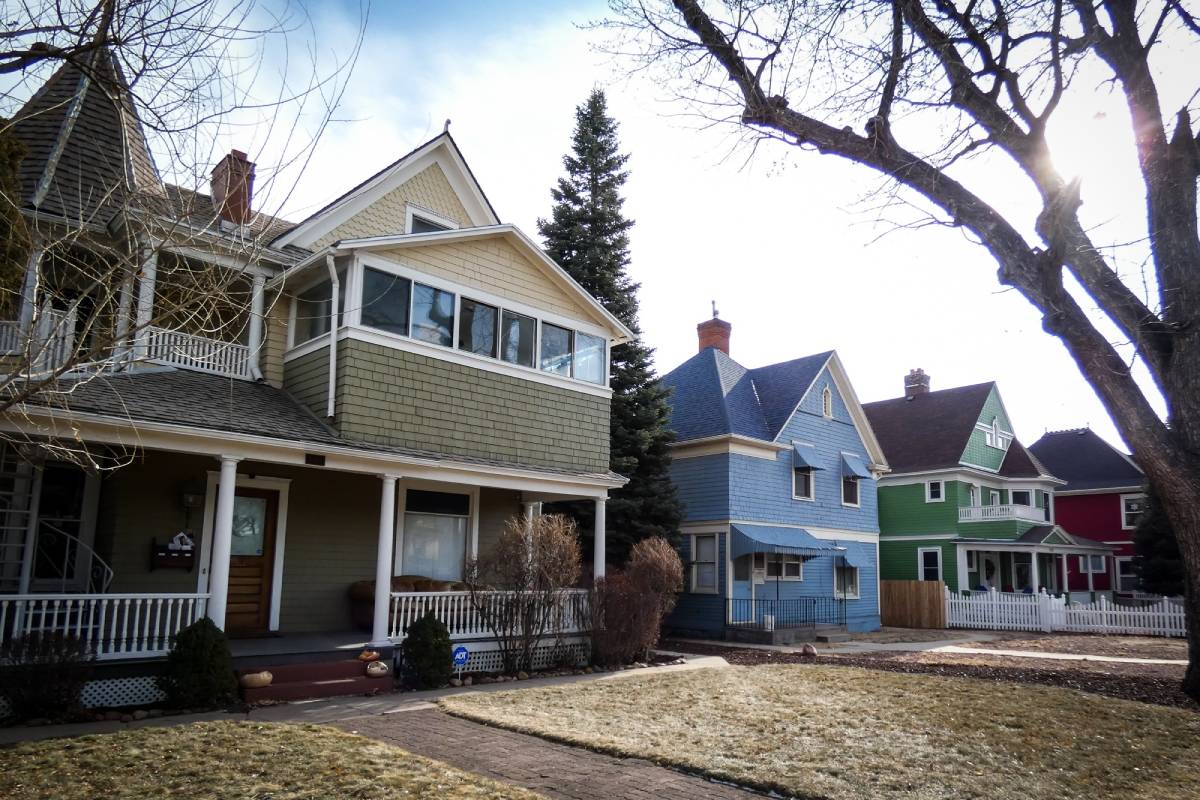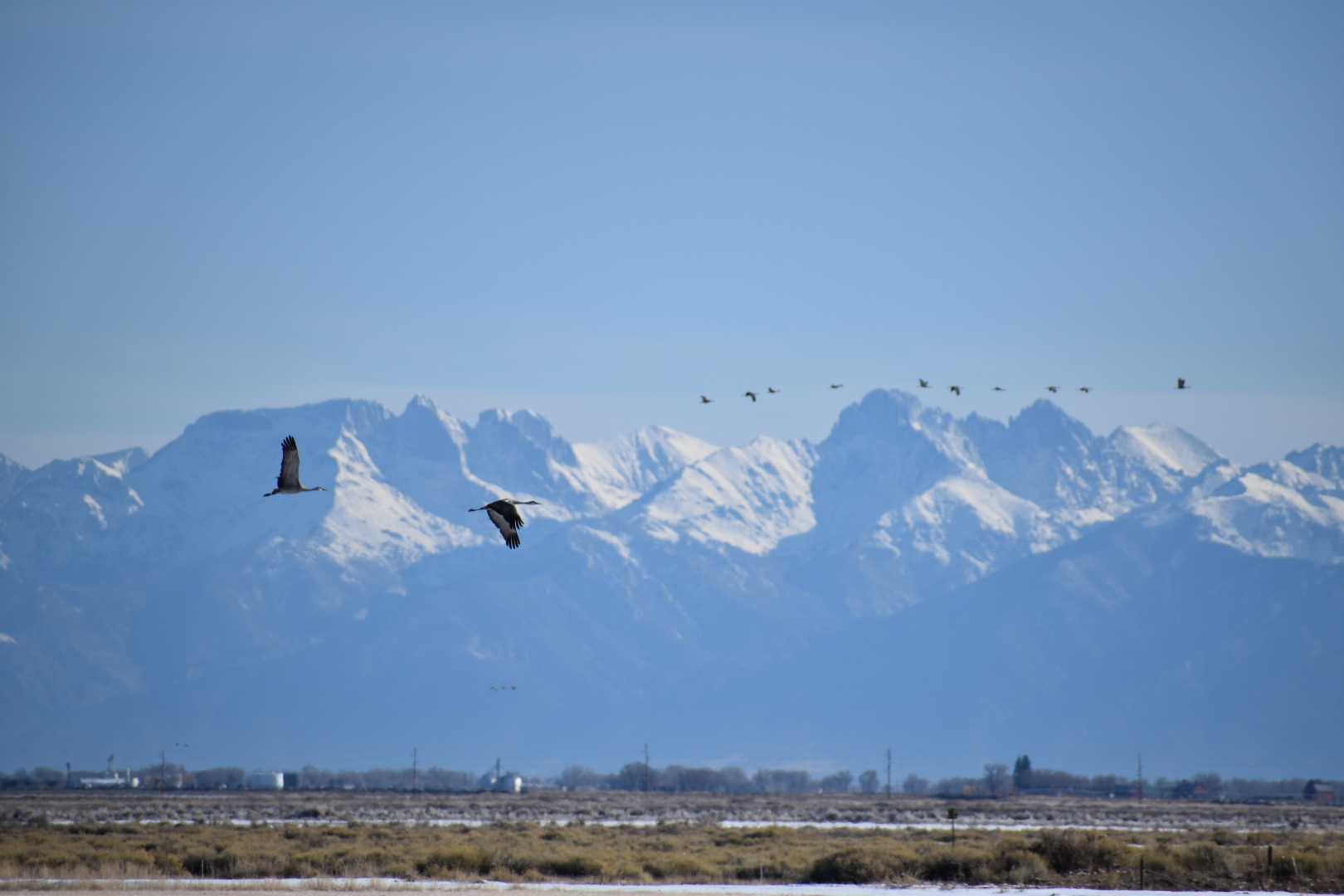
No, your lungs aren't deceiving you. It has, in fact, been easier to breathe along the Front Range this summer.
Colorado summers are known for high ozone and cough-inducing wildfire smoke. But Scott Landes, a meteorologist with the state’s air quality department, said the region has seen normal pollution levels over the last three months. That's a considerable departure from last summer, which set records for unhealthy smog and wildfire smoke.
"A lot of us have 2021 stuck in our minds," Landes said. "This year lines up more with the 2017 to 2020 time period."
But the region isn't in the clear yet.
Landes said the heat wave forecast for the Western U.S. over Labor Day weekend could drive wildfires, sending smoke east into the Front Range. That dry, hot weather might also create ideal conditions for ground-level ozone pollution beyond the typical May to August season.
Even if conditions get worse, the Front Range has seen a break from the near-constant haze of 2021.
Last year, Landes said persistent winds worked like a "conveyor belt," delivering smoke from fires in California and the Pacific Northwest into Colorado. Those same winds have spared the state this summer.
The relative improvement in ground-level ozone is a more complicated story. The lung irritant forms when two other common categories of pollutants—nitrogen oxides and volatile organic compounds—react in the atmosphere amid heat and sunlight.
Both of those catalysts were plentiful in Colorado this summer. The National Weather Service has confirmed the Front Range experienced its second hottest July and its fourth hottest August on record this year.
While local ozone emissions have slowly declined, Landes said the summer monsoon season was a savior, providing regular afternoon storms to break up stagnant air and slow ozone formation. Since wildfire smoke also tends to boost ozone levels, its relative absence likely helped as well.
Those improvements still weren't nearly enough to bring ozone pollution along the Front Range into compliance with federal law.
Under the U.S. Clean Air Act, the Environmental Protection Agency enforces two different health standards for ground-level ozone. The guidelines are set at 75 parts per billion and 70 parts per billion. But the Front Range has consistently failed to keep pollution levels below those thresholds, and the last two years were no different.
In 2021, the region saw a record 68 days with average ozone levels above the looser 70-parts-per-billion standard. In the first eight months of 2022, that number stands at 31 days above the standard, which would align with lower-pollution years over the last two decades.
To decide if a region is in compliance, the federal government sets what's called a "design value" based on the fourth-highest eight-hour ozone reading in the area. The number is then averaged with the same data point from the two previous years.
After years of steady improvements, the design values for the Front Range rebounded starting in 2019 and kept climbing through the record 2021 ozone season. Early numbers show it could tick even higher in 2022 because the rolling average includes data from 2020 and 2021.
The poor performance led the EPA to propose reclassifying the Front Range as a "severe" ozone violator early this year. If approved as expected, many Front Range oil and gas operators will be forced to obtain and comply with tougher state air pollution permits. Gas stations will also likely be required to sell cleaner-burning fuel starting in the summer of 2024.
The Regional Air Quality Council, the lead air quality planning agency for the Front Range, recently drafted a plan proposing additional policies to bring ozone levels below federal limits. It includes programs to incentivize electric vehicles and lawn equipment.
RAQC executive director Mike Silverstein said those efforts could mean future ozone decreases aren't dependent on weather. At the same time, he said climate change won't make that an easy task. A recent study found rising global temperatures will bring more heat and stagnant air to the Front Range, creating ideal conditions for ozone formation.

